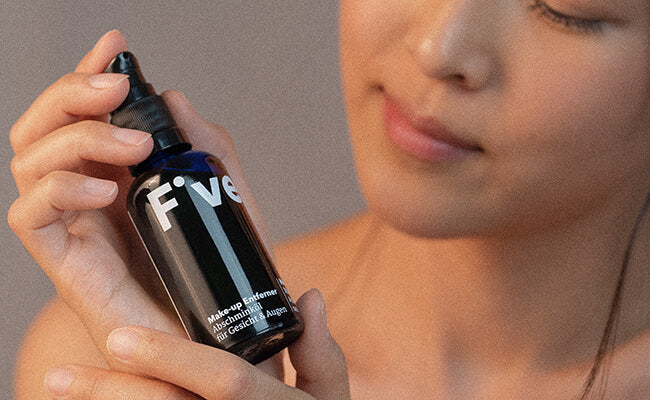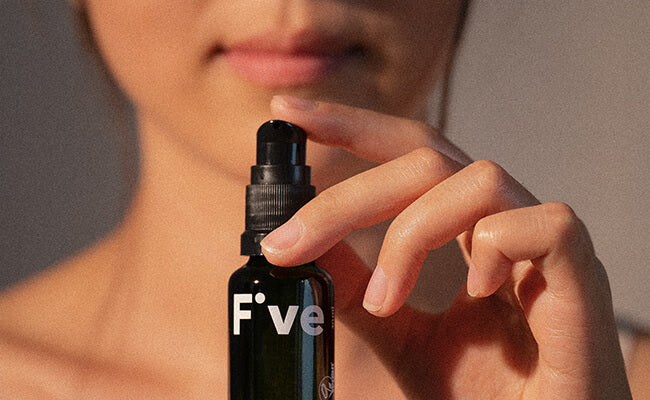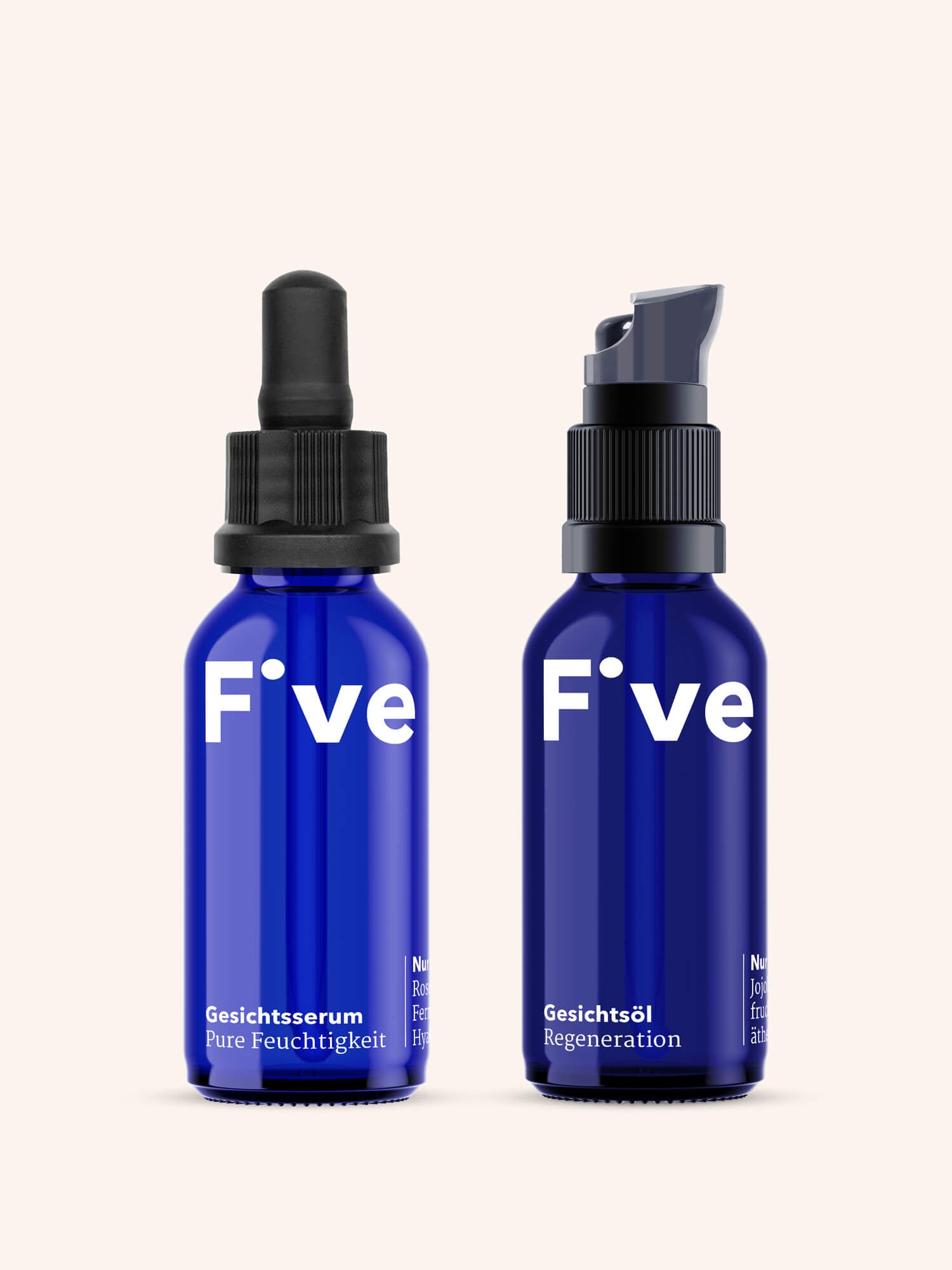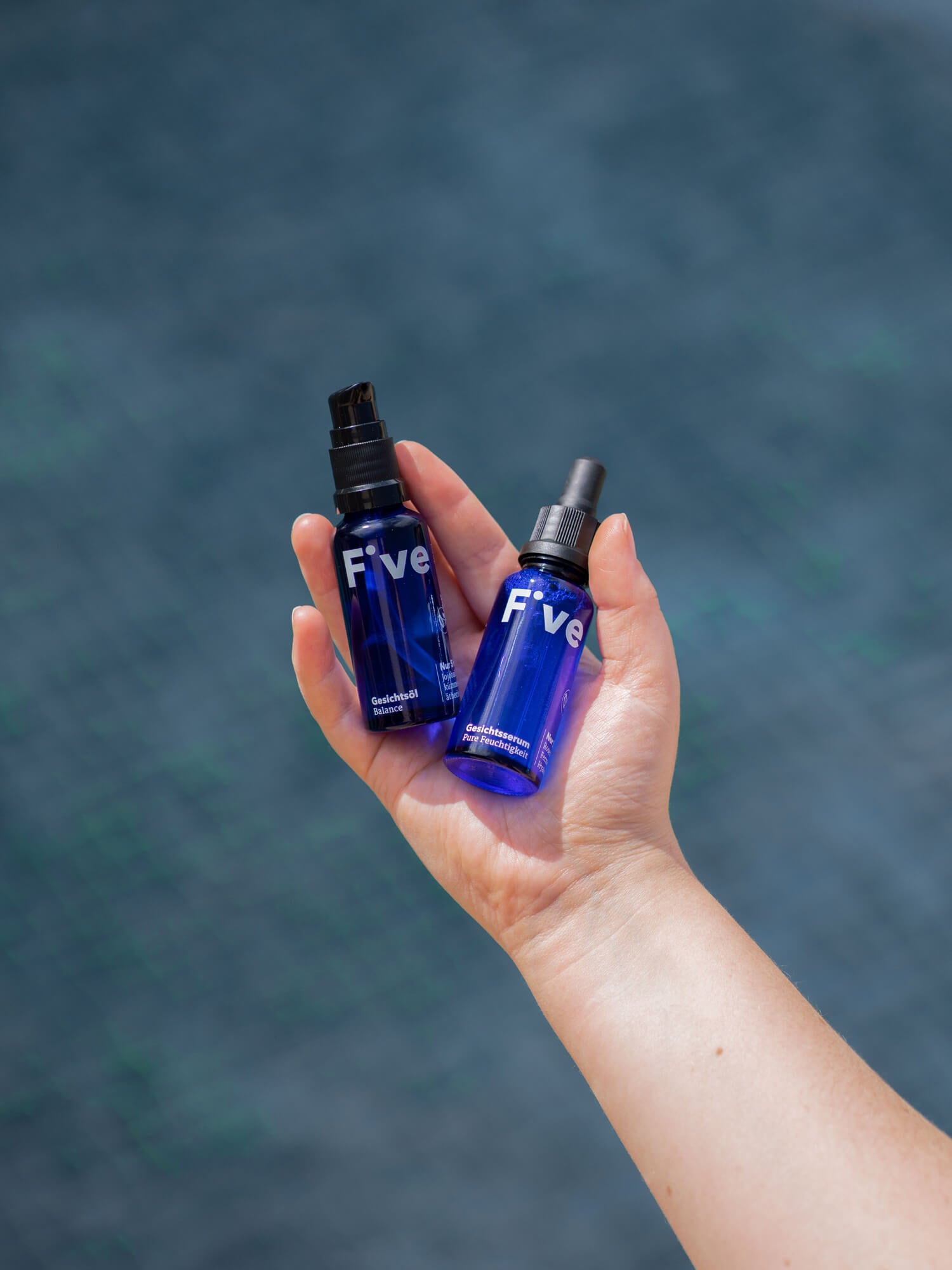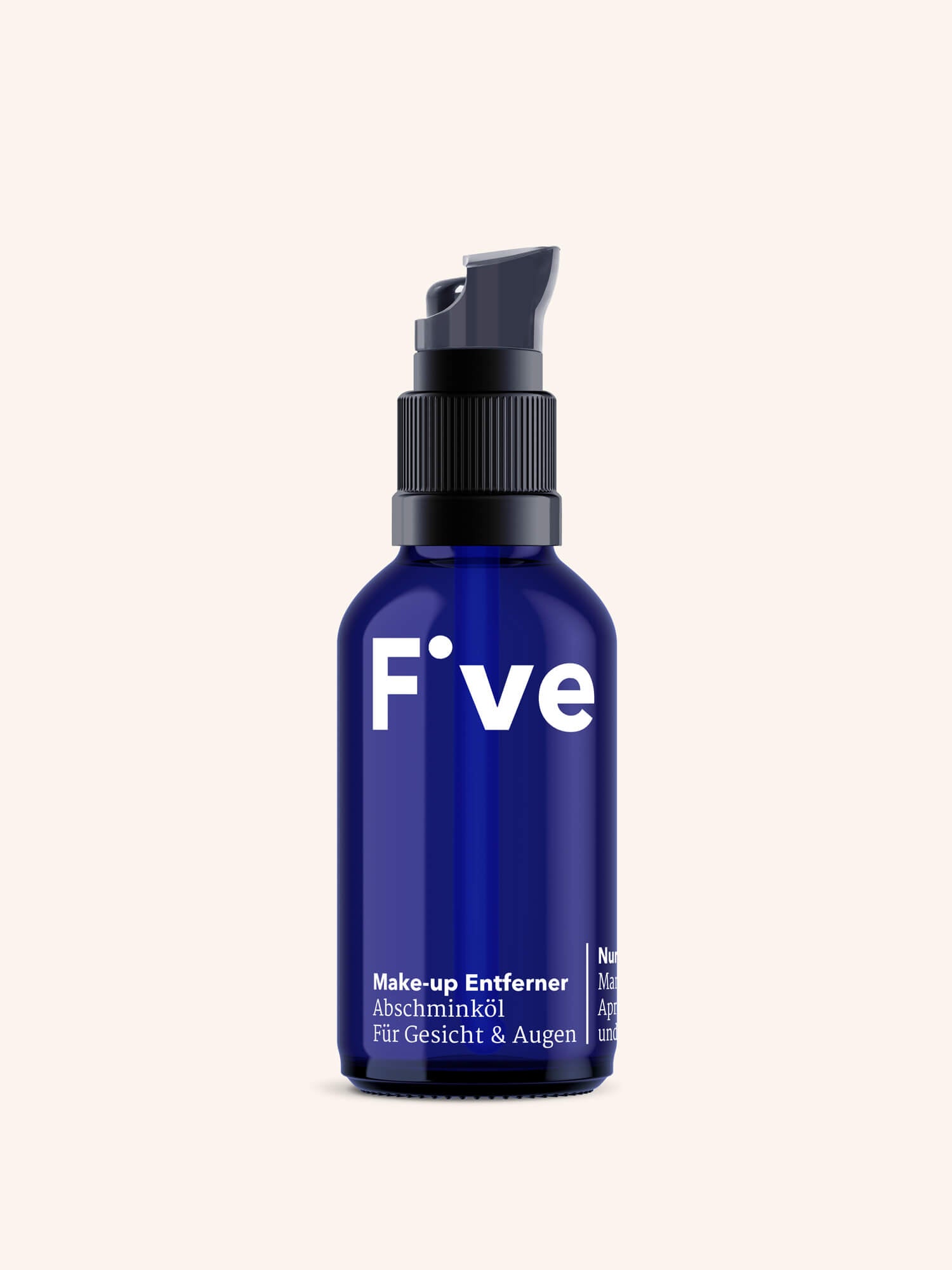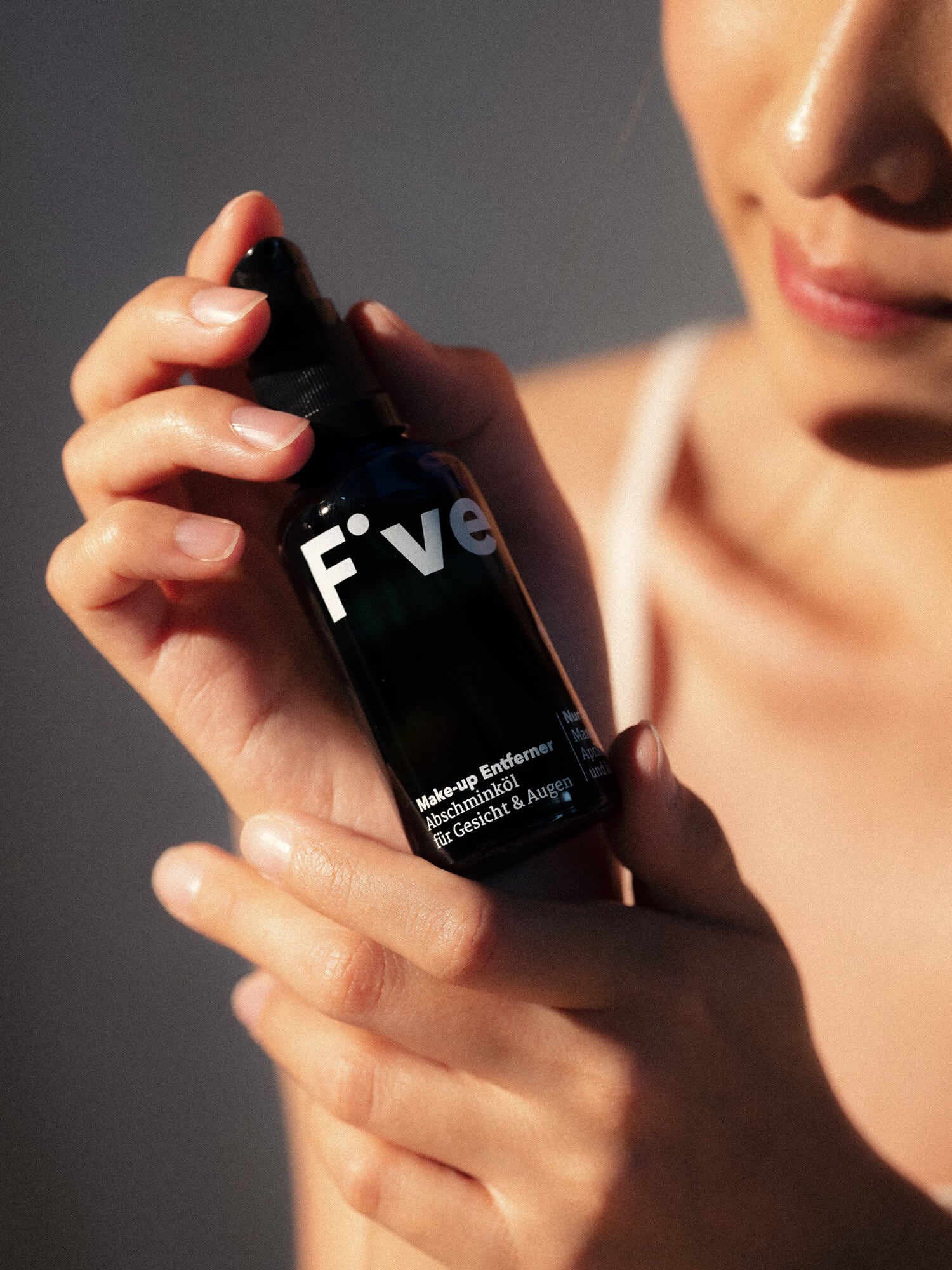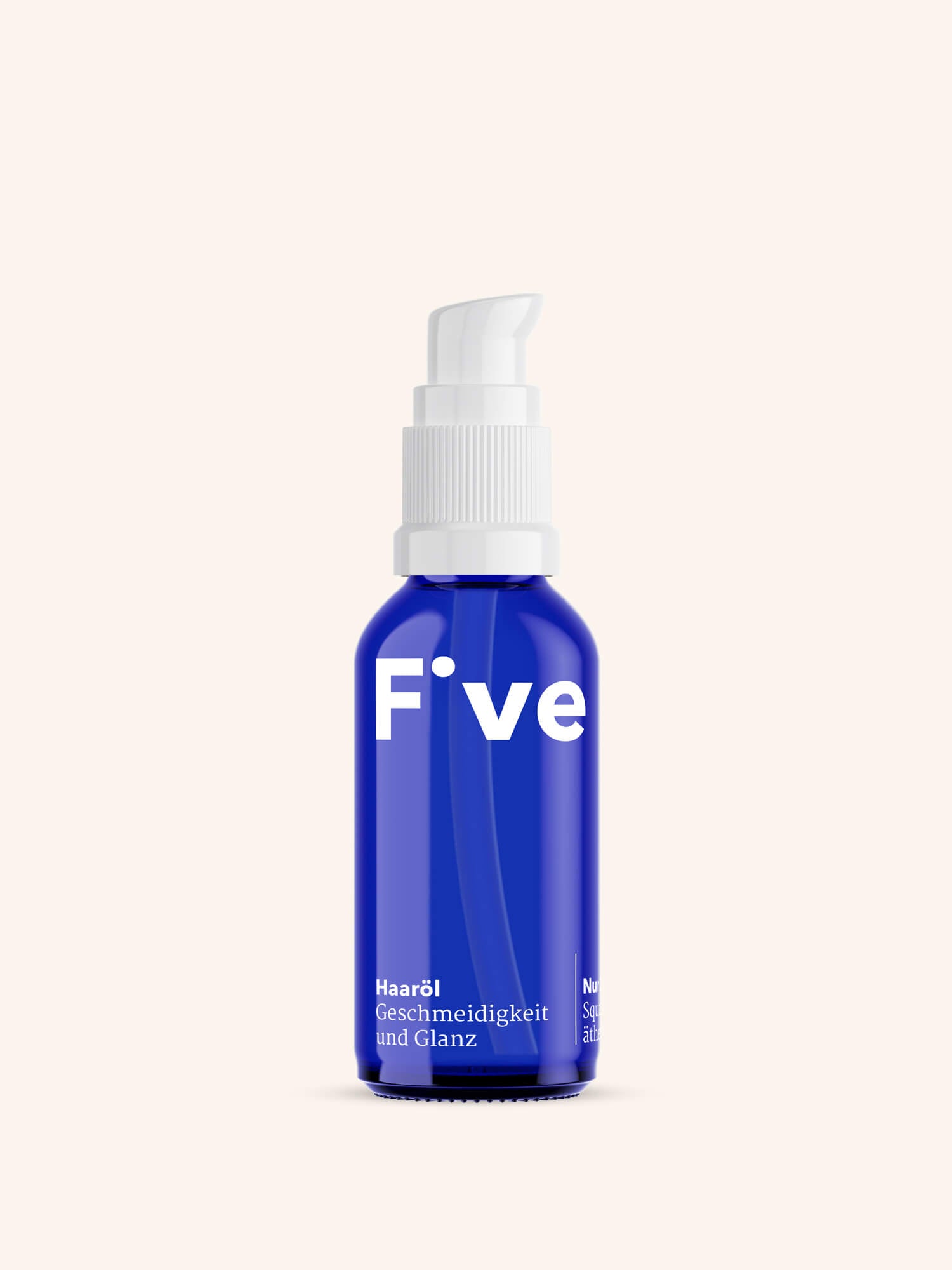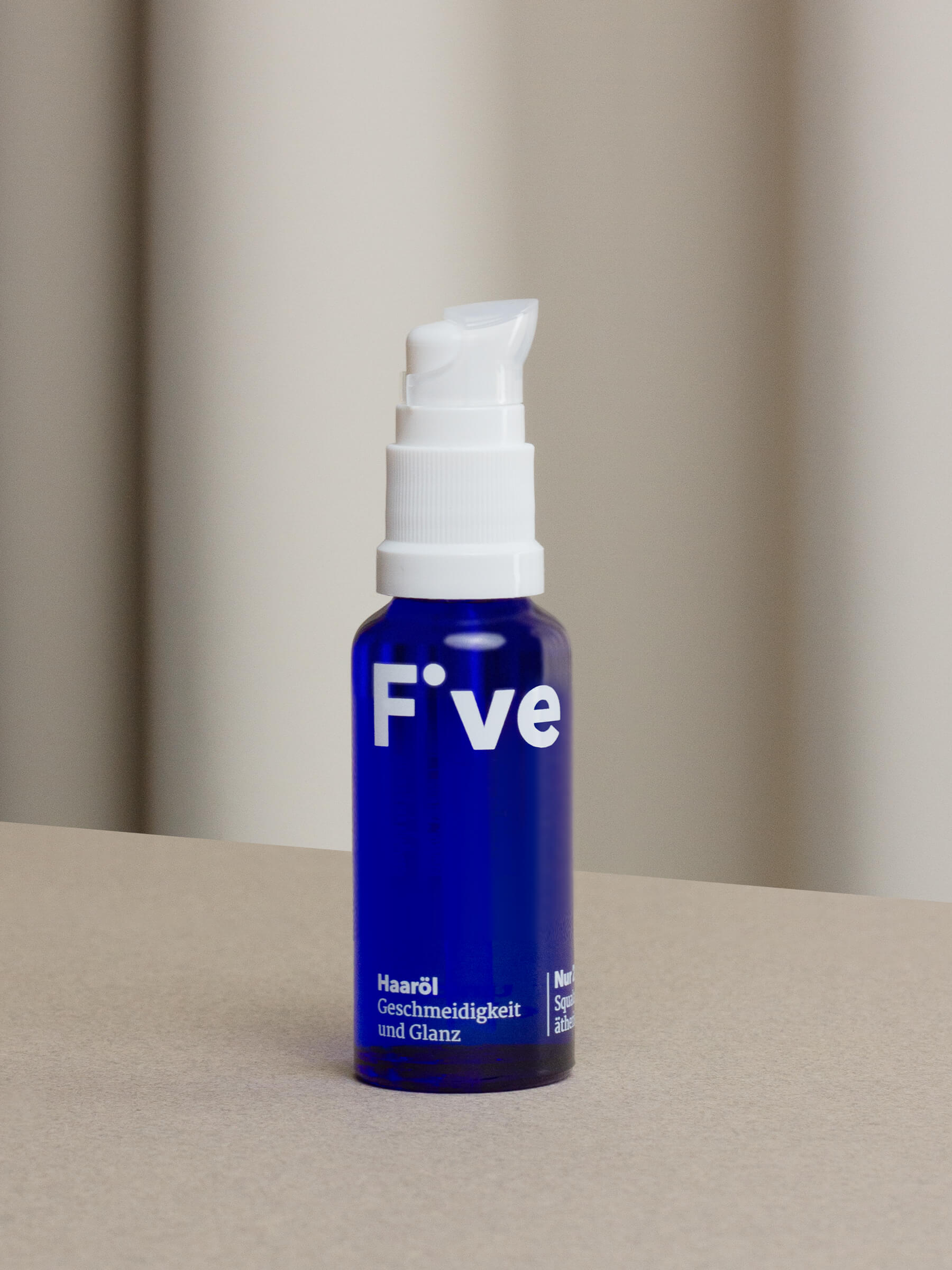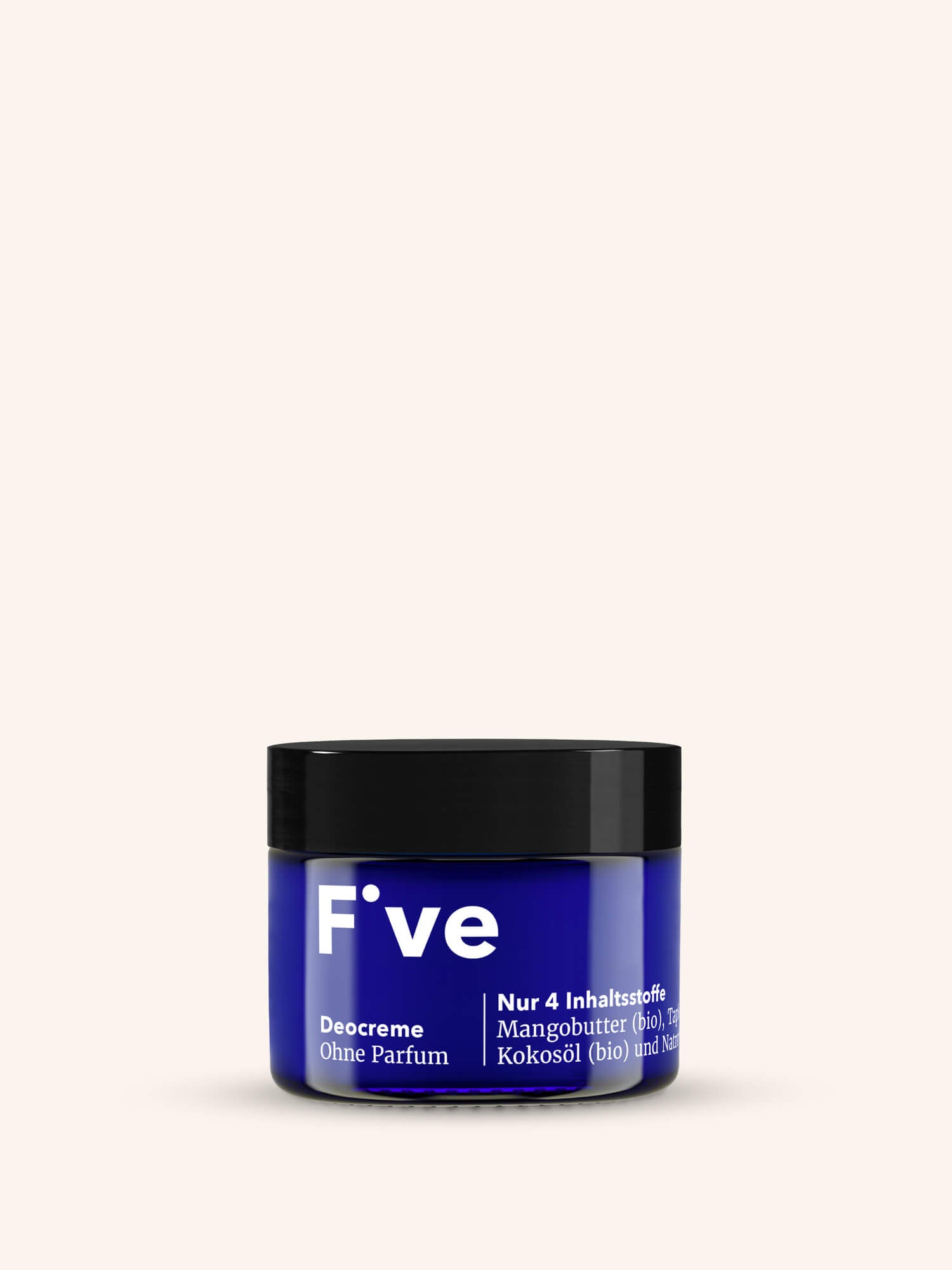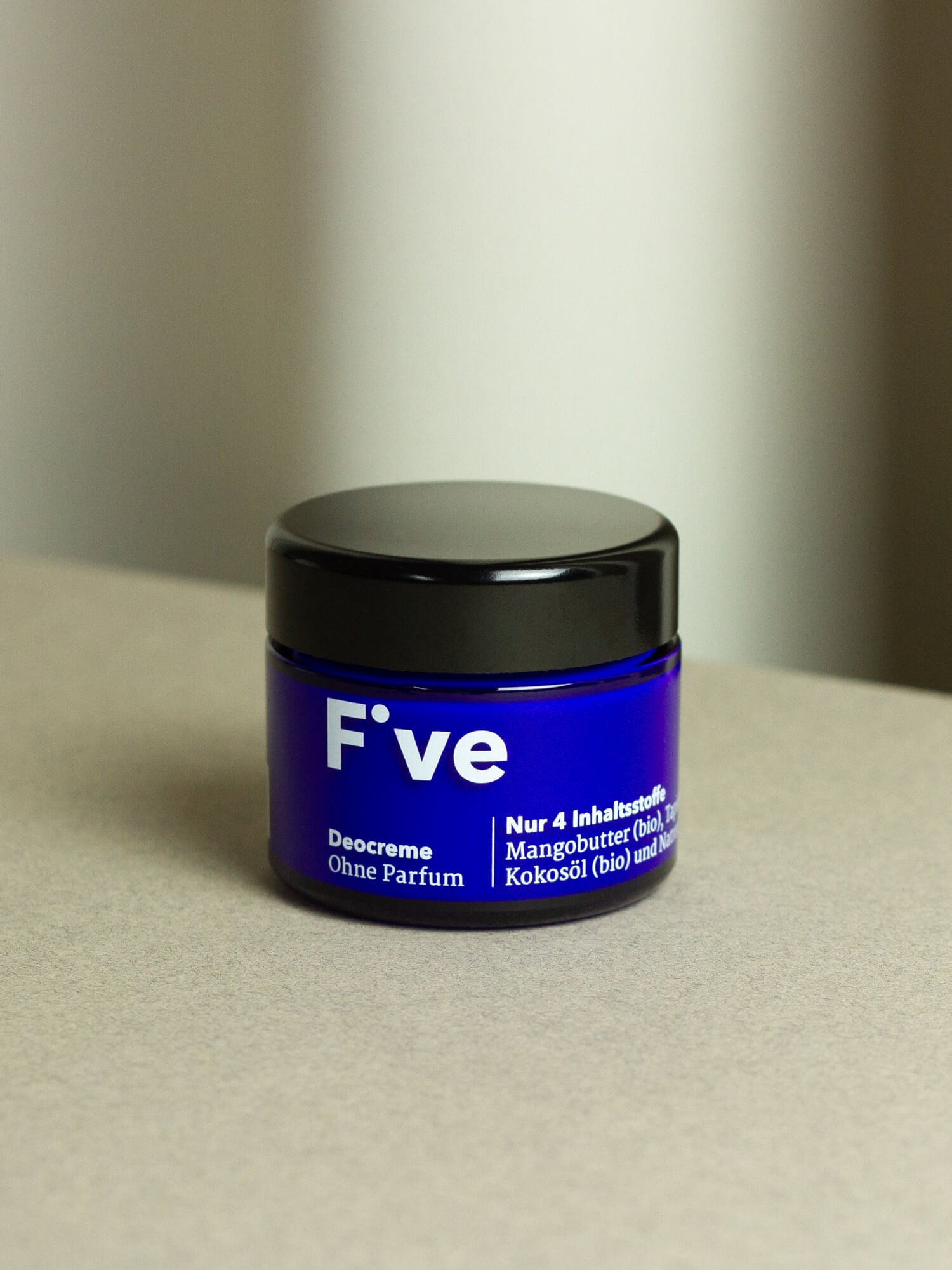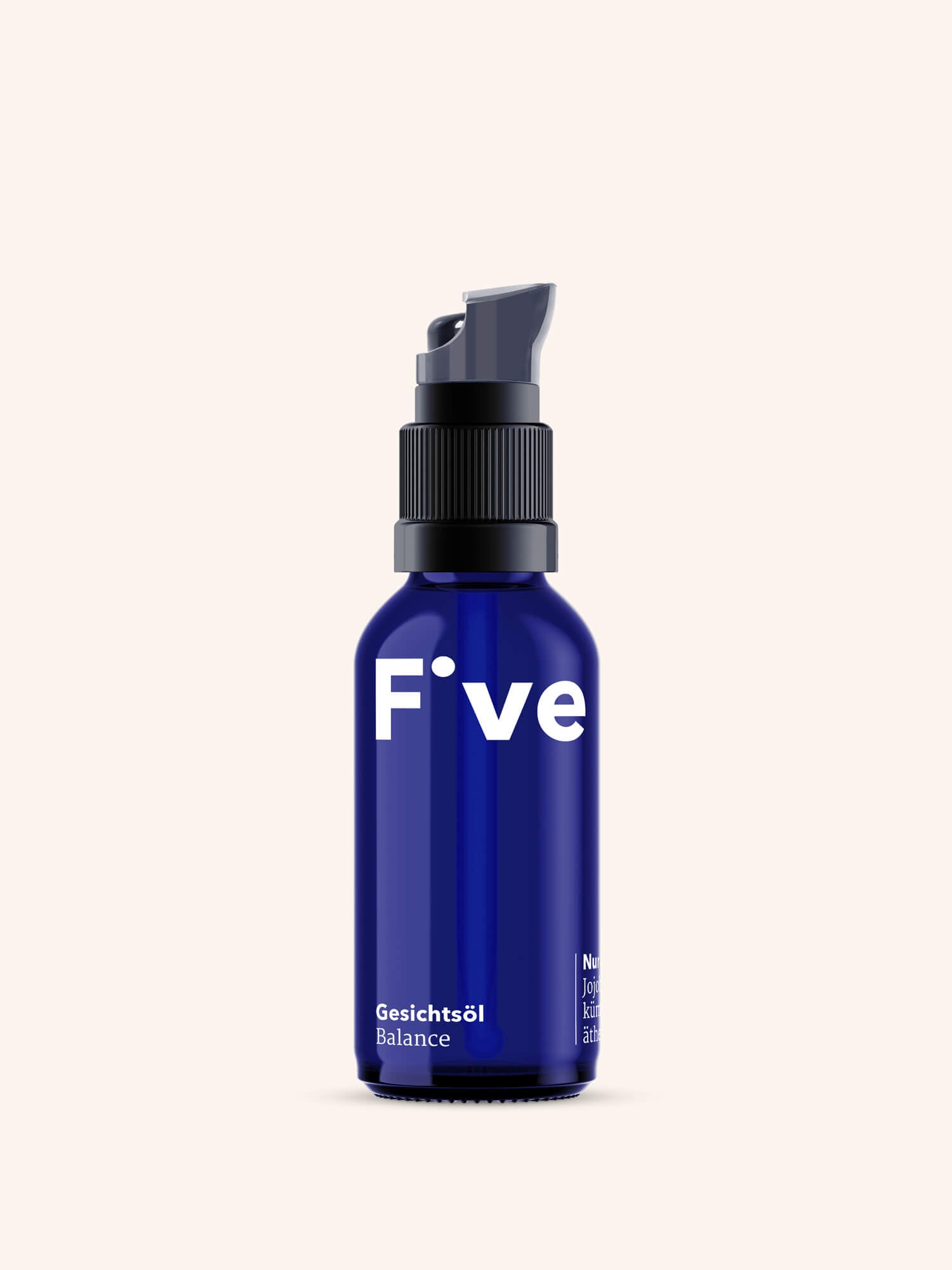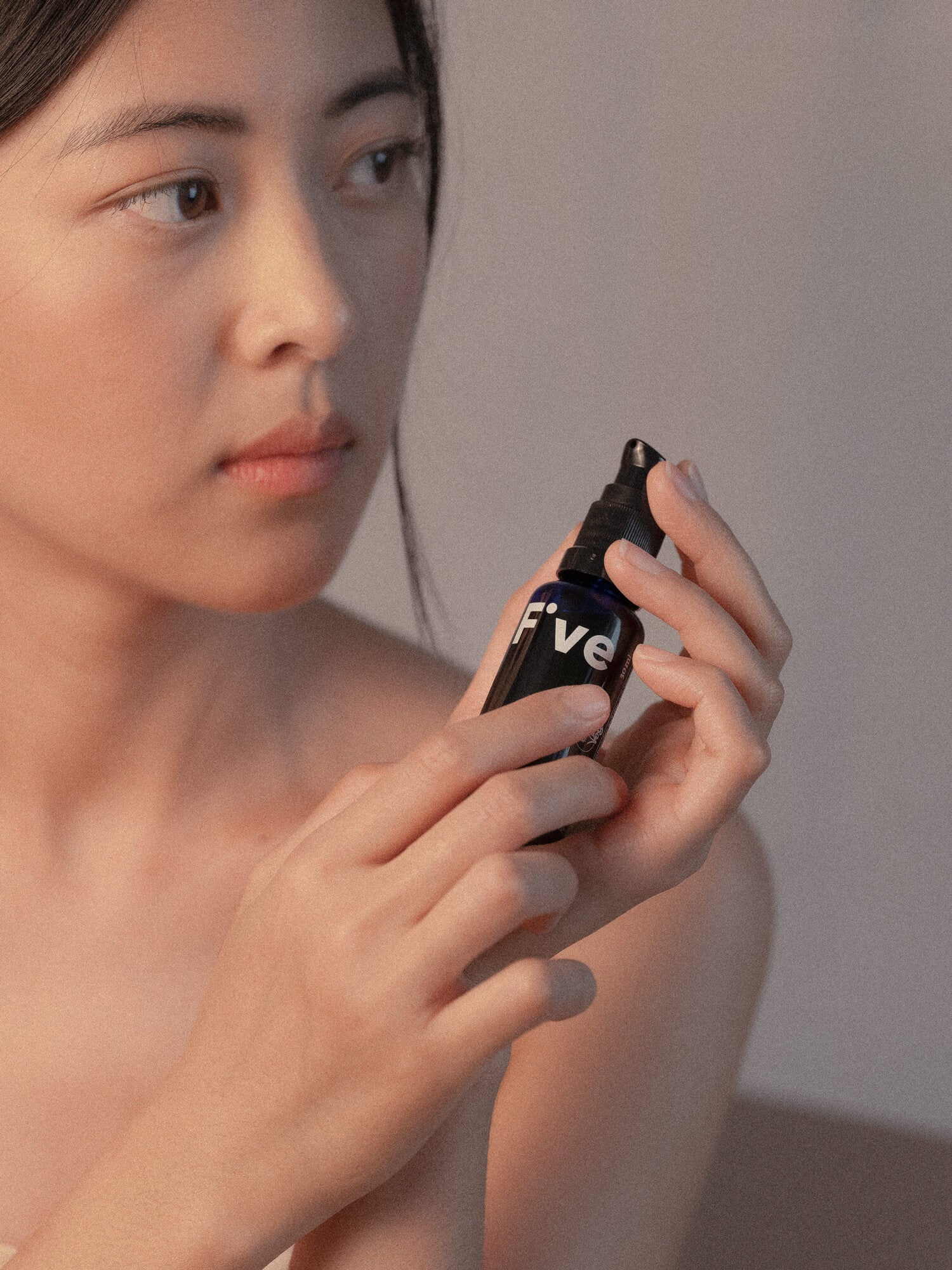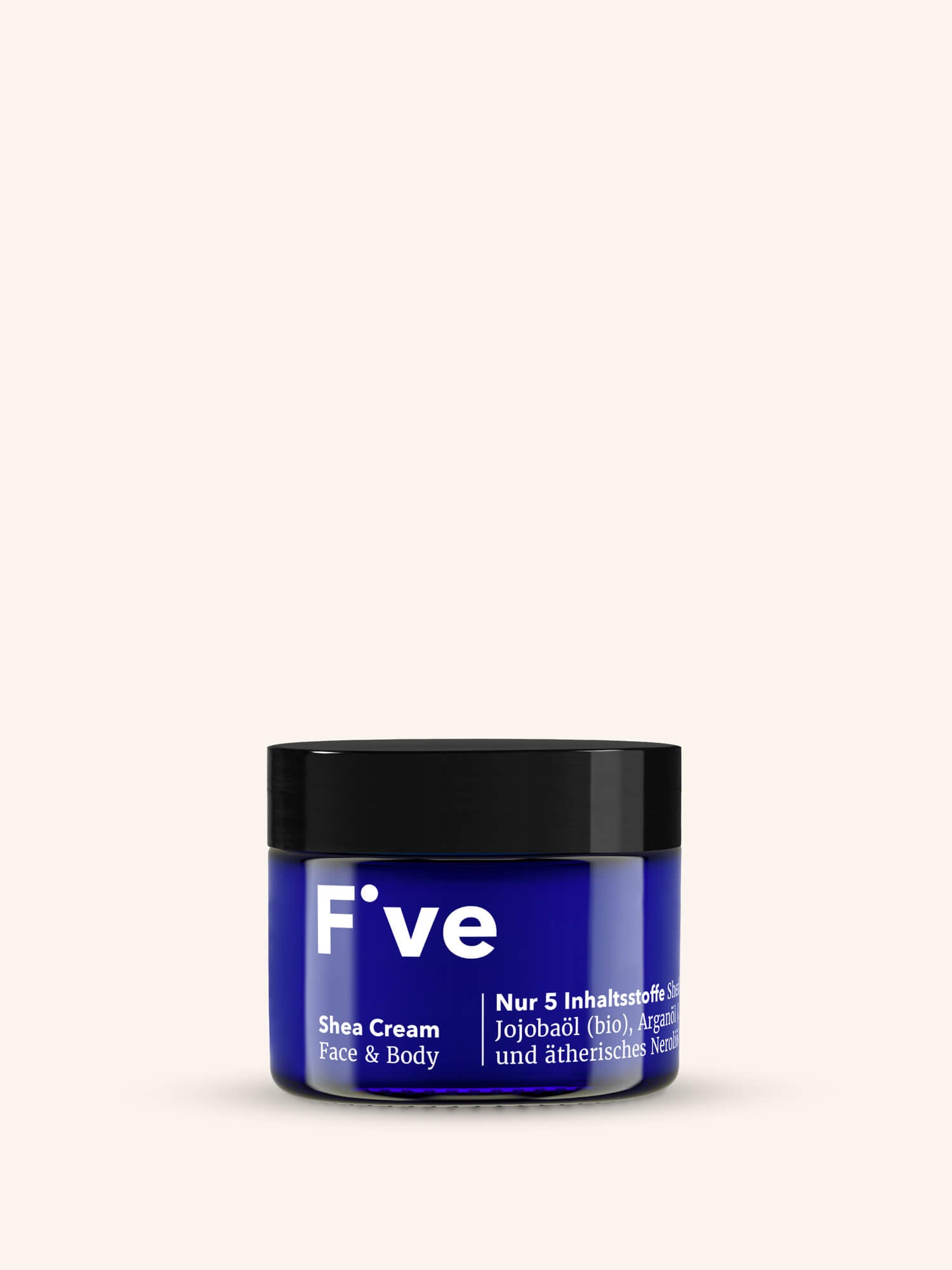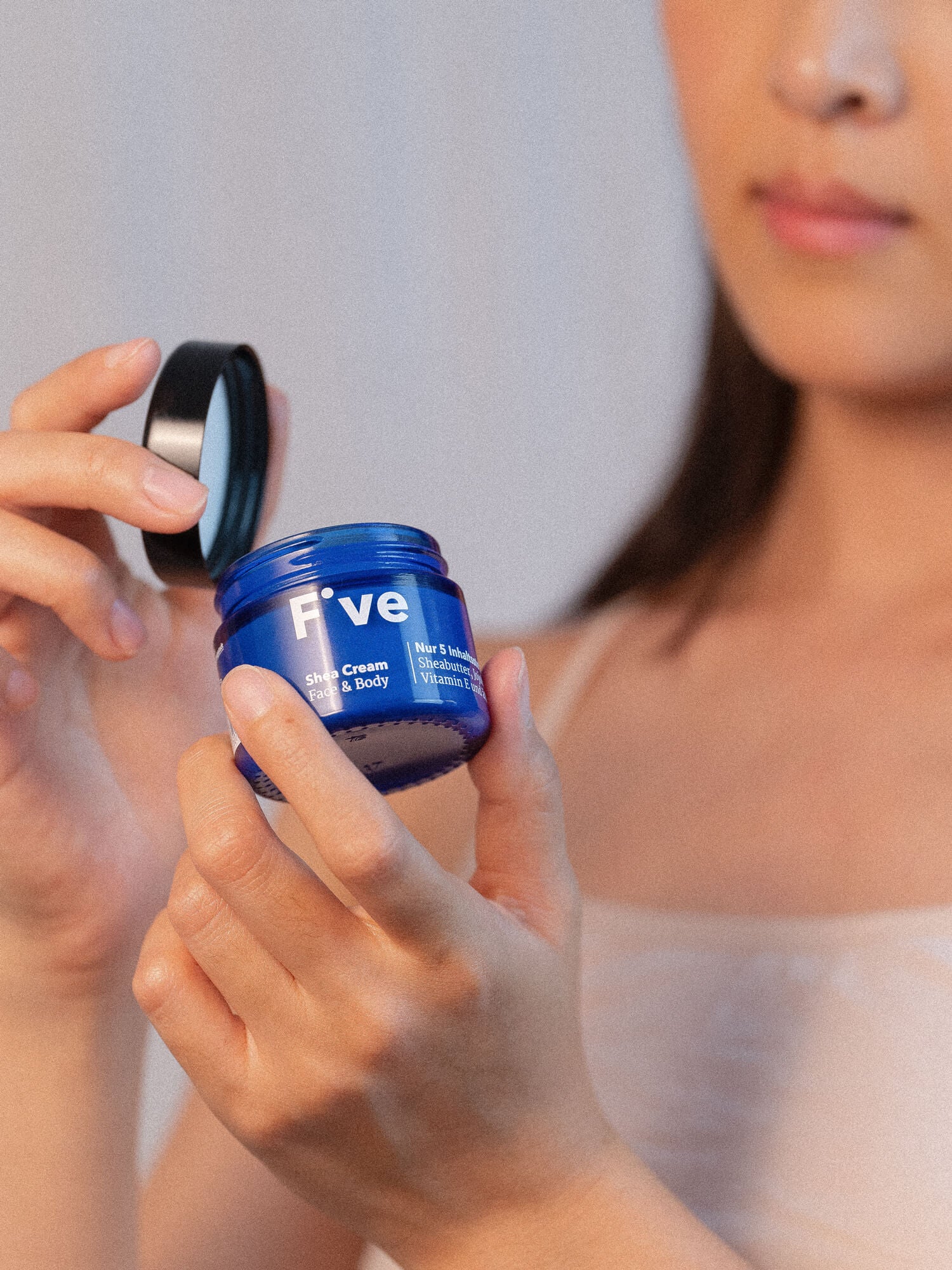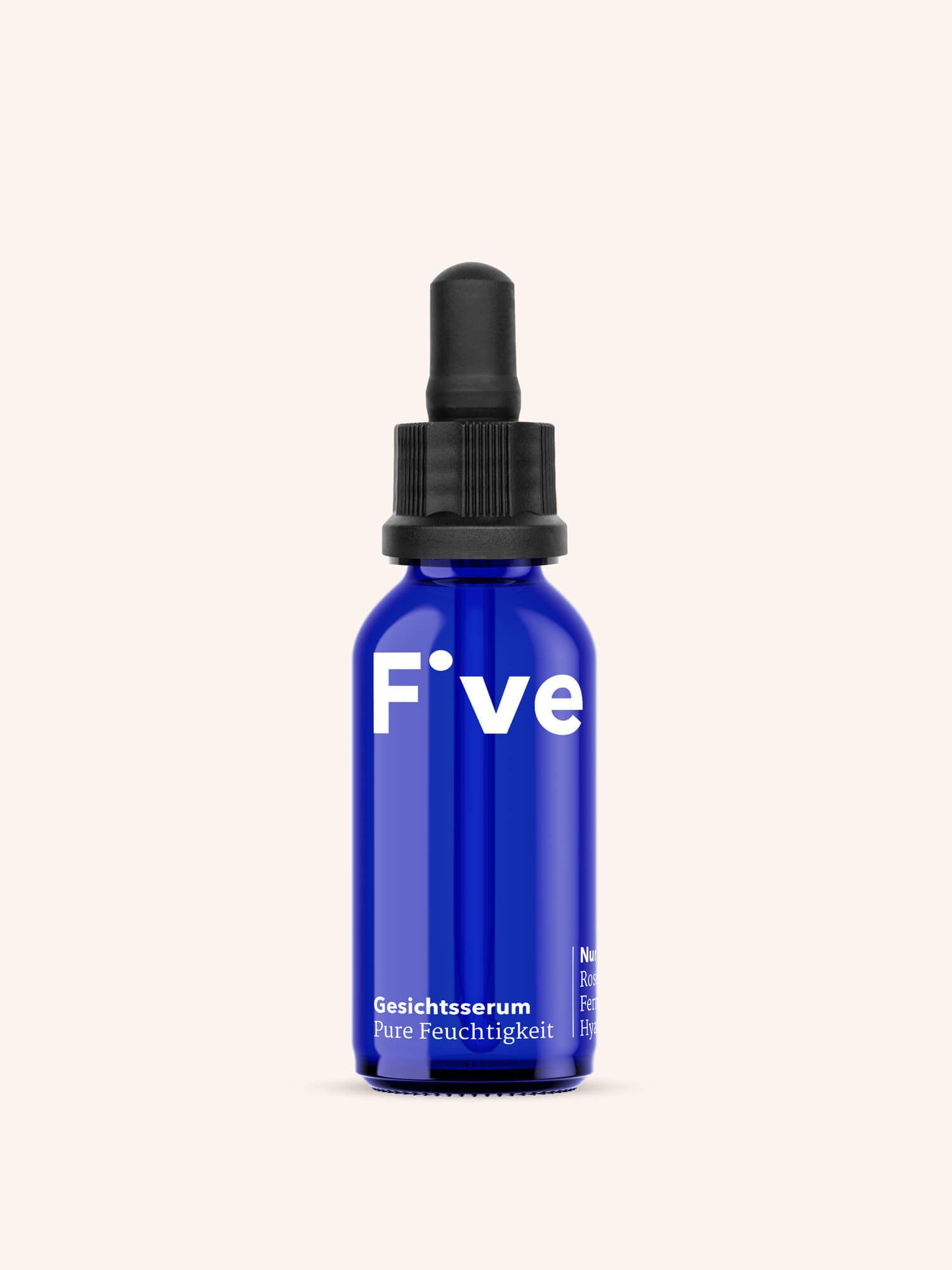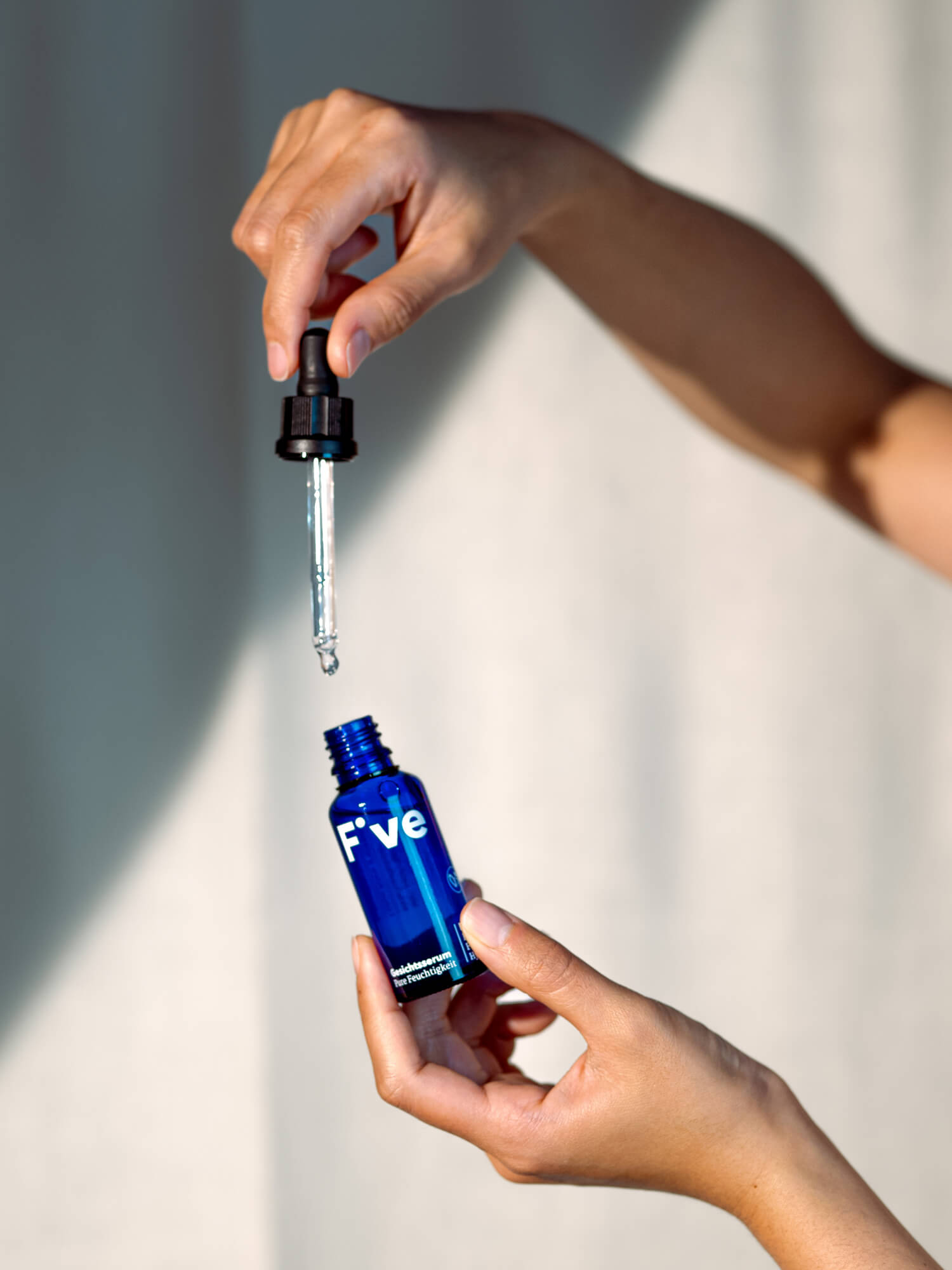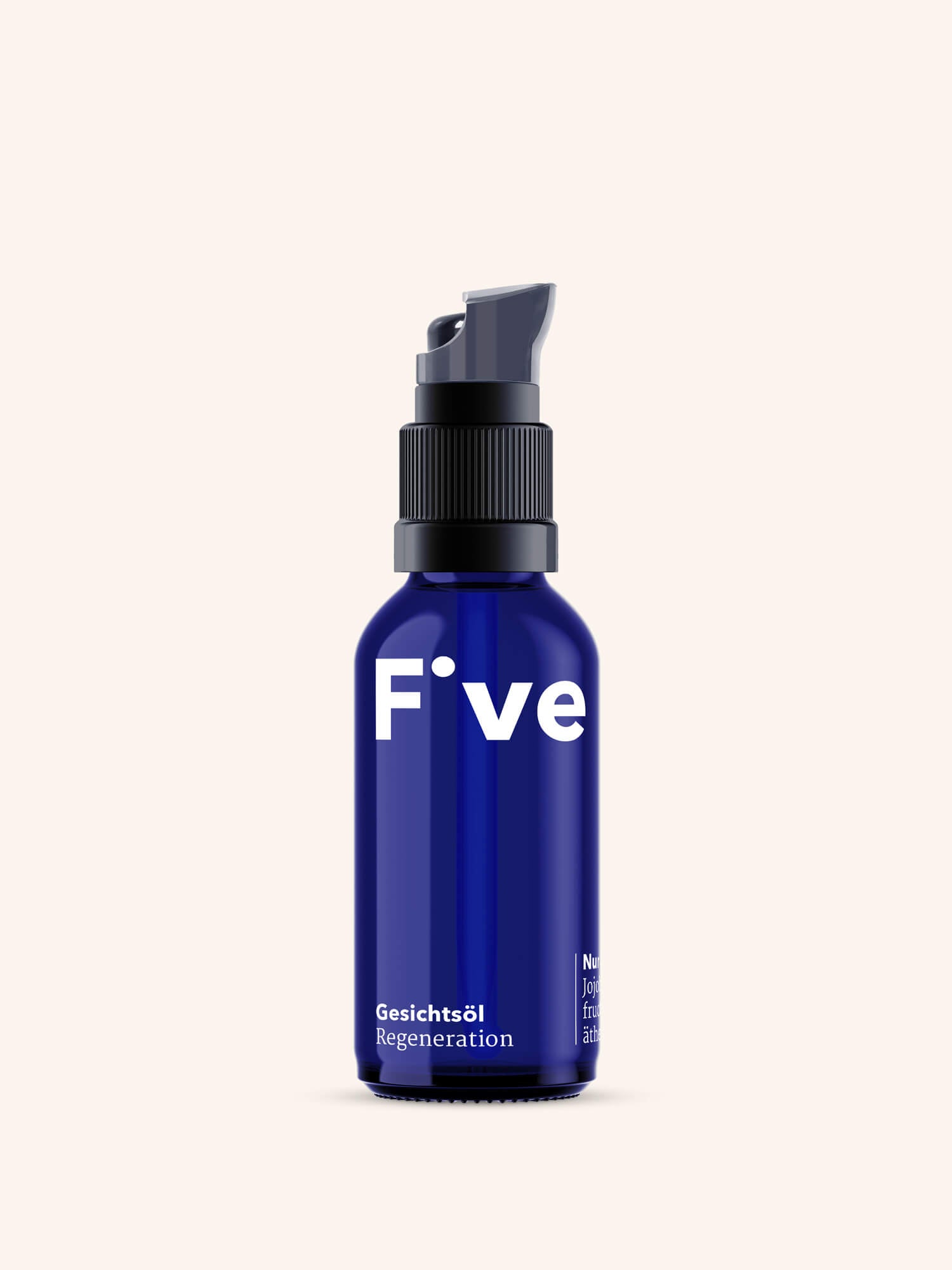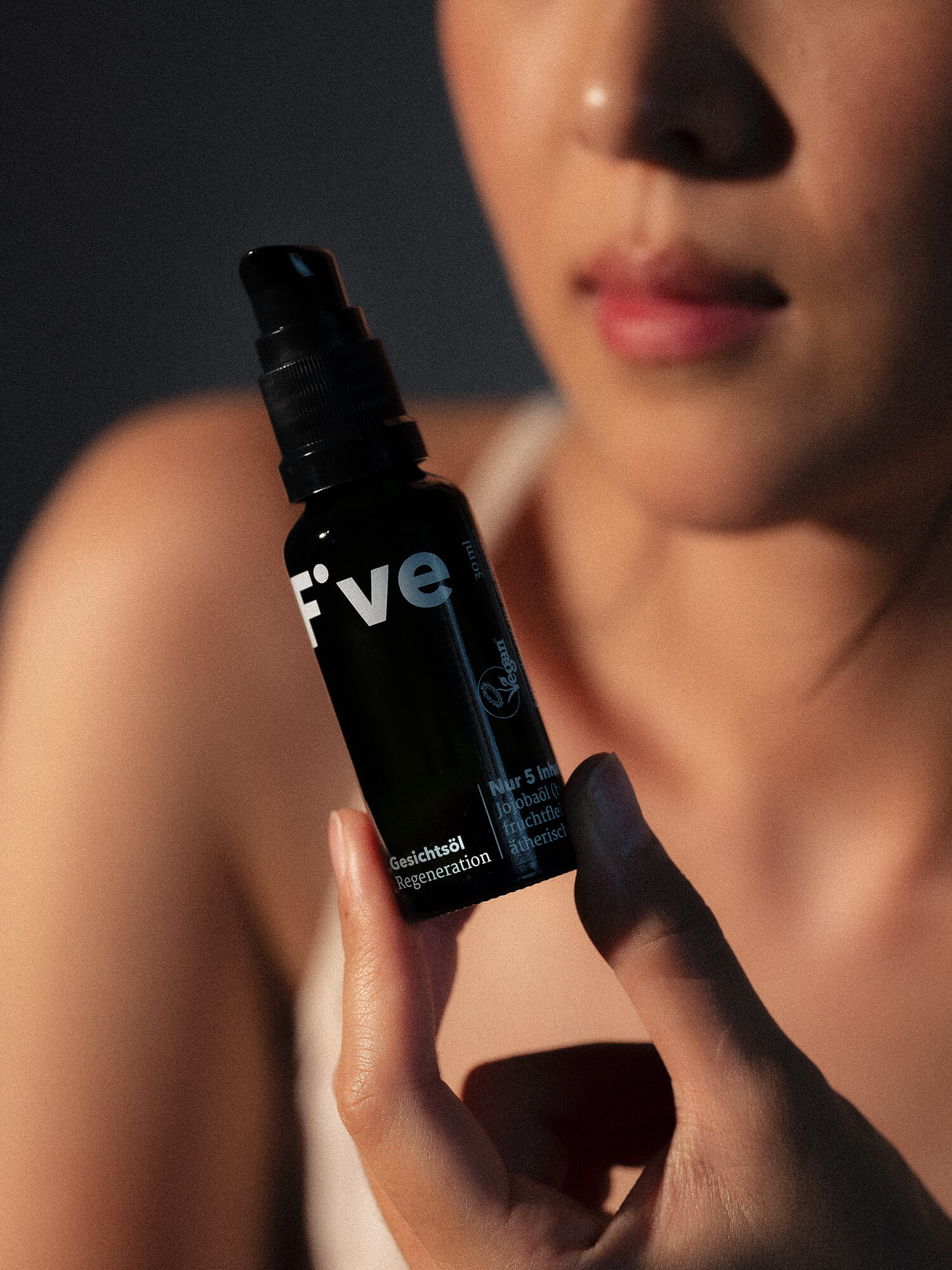INCI-Liste verstehen – endlich Durchblick bei der Liste der Inhaltsstoffe
Schön, dass auf jedem Kosmetikprodukt steht, was drin ist. Noch schöner wär’s nur, wenn das auch verständlich wäre. Woran erkennst du pflanzliche Inhaltsstoffe, Farbstoffe, Duftstoffe und Mineralölprodukte? Und hat die Reihenfolge etwas zu bedeuten? Finde heraus, wie du die INCI-Liste knackst!
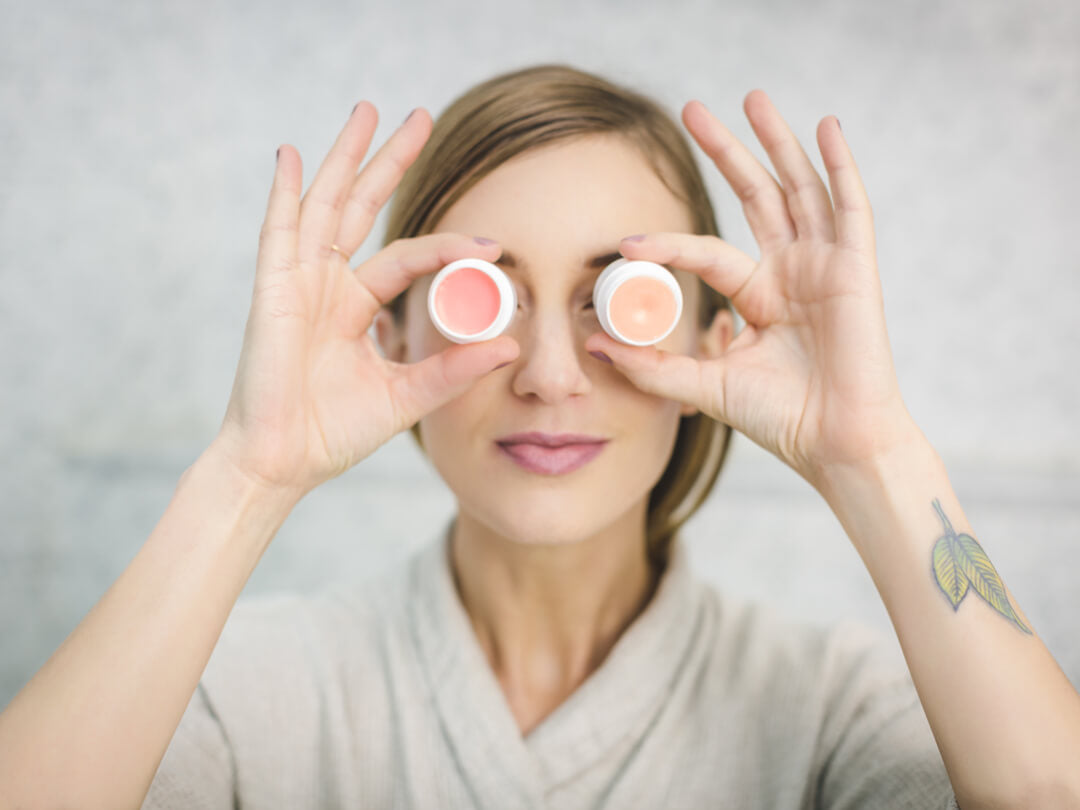
Wie die INCI-Liste hilft, bewusst einzukaufen
Um uns besser vor Etikettenschwindel zu schützen, müssen bei Kosmetika seit 1997 alle Inhaltsstoffe angegeben werden. Die INCI-Liste verrät dir also, ob und welche Öle, Tenside, Farbstoffe, Aromen, Mineralölprodukte oder auch Parabene in Kosmetik enthalten sind. Ganz gleich ob sie auf der Verpackung oder in einem Beipackzettel steht, auf jeden Fall muss sie vollständig sein. Bei Mini-Tuben, wie denen im Probenregal der Drogerie, findest du die Liste übrigens manchmal auf einem Schild am Regal.
Das Ganze gilt EU-weit und folgt festen Regeln, die auf der International Nomenclature of Cosmetic Ingredients (INCI) basieren. Auch viele nicht EU-Länder schließen sich dem Standard an, zum Beispiel wir Schweizer, weil wir unsere Produkte ja meist auch in der Nachbarschaft verkaufen.
Die INCI-Angaben als Rangliste verstehen
Je weiter oben ein Inhaltsstoff steht, desto mehr davon enthält das Produkt. Ganz vorne stehen also die Hauptzutaten. Hier siehst du bei Cremes gleich, ob sie auf Mineralöl basieren oder auf Pflanzenölen und bei Reinigungsprodukten, welche Seifen oder Tenside sie verwenden – mehr dazu weiter unten.
Danach stehen die Zutaten, die geringer dosiert sind. Dabei muss eine kleinere Menge eines fragwürdigen Inhaltsstoffes nicht unbedingt weniger bedenklich sein. Oft genügt schon eine geringe Dosis, um Allergien zu fördern oder Hautreizungen auszulösen.
Und dann kommt der 1-Prozent-Bereich. Inhaltsstoffe, die maximal ein Hundertstel der Rezeptur ausmachen, stehen ganz am Ende, können aber untereinander in beliebiger Reihenfolge aufgelistet werden. Allerdings siehst du nicht, wo dieser Bereich beginnt.
Fachchinesisch oder international verständlich?
Komm, wir machen kurz gedanklich Skiurlaub: Erster Pistentag, aber hoppla, du hast die Sonnencreme vergessen. Also ab in die Apotheke und schnell fällt auf, andere Länder, andere Lieblingsmarken – und dein Favorit ist nicht dabei. Um das Ganze international verständlich zu machen, sind die Inhaltsstoffe in Latein oder Englisch genannt, später mehr dazu. Einerseits ganz praktisch, weil einheitlich. Andererseits musst du die Begriffe halt erst einmal kennen. Wie das geht? Lies weiter!
So entschlüsselst du die INCI-Liste
Wer sich ein bisschen mit der Materie beschäftigt, weiß vielleicht wie Sheabutter, Kokostenside und natürliche Parfümöle auf INCI heißen. Aber dann sind da oft noch Buchstabenkürzel, Zahlen, und Begriffe, die stark an den Chemieunterricht erinnern. Da steigt man als Ottilie Normalverbraucherin schnell aus. Hier wäre Klartext hilfreich. Leider führen nur die wenigsten Hersteller alle Zutaten auch in Deutsch auf. Wir tun das, damit du auf Anhieb verstehst, was du kaufst. Außerdem gibt es bei den FIVE Produkten mit maximal 5 Inhaltsstoffen pro Produkt eh nix zu verstecken.
Bei den meisten INCI-Listen musst du hingegen rätseln, was davon synthetische Farbstoffe, Konservierungsstoffe, Parabene, Kunststoffe und so weiter sind. Was davon war mal eine Pflanze und was ist aus der Ölquelle gesprudelt? Problematisch ist ja gerade, dass sich hinter wissenschaftlicher Nomenklatur ganz leicht unbequeme Inhaltsstoffe verstecken lassen. Also räumen wir mit den verschiedenen Kategorien mal ein wenig auf …
🌹 Parfum/Aroma
Die einen meiden Duftstoffe generell, die anderen mögen nur die natürlichen und wieder andere reagieren auf bestimmte davon allergisch. So oder so ist diese Kategorie für viele Kunden besonders interessant. Statt alle Duftstoffe einzeln zu nennen, dürfen Hersteller sie unter Parfum, Aroma bzw. Fragrance zusammenfassen, da die Beduftung oft das Geheimnis eines Produktes darstellt. Und das möchten die Hersteller verständlicherweise nicht unbedingt verraten. Bei FIVE findest du die Duftstoffe einzeln aufgeführt, da wir dafür in der Regel nur ein einziges ätherisches Öl verwenden und sowieso keine Geheimnisse haben.
Wie oben beschrieben, reagieren Menschen manchmal mit einer Allergie auf Duftstoffe, ganz egal ob chemisch oder natürlich. Deshalb müssen in Duftstoffen vorkommende potentielle Allergene generell separat ausgewiesen werden, sobald sie eine bestimmte Menge überschreiten. Dabei wird unterschieden, ob das Produkt auf Haut oder Haaren verbleibt (dann ab 0,001 %) oder abgewaschen wird (dann ab 0,01 %)1. Auf der Liste, die du zum Beispiel auf der Webseite des deutschen Verbraucherschutzamtes findest, stehen alle 26 synthetischen sowie natürlichen Duftstoffe, auf die man so allergisch sein kann. Die sind nicht alle generell ungesund, nur eben für Allergiker ungeeignet.
☝️ Eine Zutat, mehrere potentielle Allergene – so kann es gehen, denn ein einzelnes ätherisches Öl hat bis zu 200 chemische Bestandteile. So stecken in dem Bio-Neroliöl für unsere Shea Cream von Natur aus die gut riechenden, aber leider auch potentiellen Allergene Linalool, Limonene, Farnesol und Geraniol. Deshalb werden sie zusätzlich einzeln auf der INCI aufgeführt, meist zum Schluss.
Wir machen ja hier Naturkosmetik, kommen wir deshalb nochmal kurz dazu, woran du natürliche Duftstoffe erkennst. Es handelt sich dabei um ätherische Öle, die aus den Blättern, Blüten und Hölzern der verschiedensten Pflänzchen gewonnen werden. Praktischerweise haben sie auch eine konservierende Funktion und manche bringen special skills mit wie eine desinfizierende oder mykotische Wirkung. Zu den häufigsten Aromen aus der Natur gehören Citronellol, Farnesol, Geraniol, Limonene oder auch Linalool.
🎨 CI+Zahl = Farbstoff
CI steht für Colour-Index und die Zahl kodiert, grob gesagt, den Farbstoff. Wenn du dir zum Beispiel einen Lippenstift ansiehst, dann enthält der erwartungsgemäß eine ganze Menge davon. Manchmal stehen einige davon in Klammern mit einem +/- davor oder dem Hinweis „may contain“. Es bedeutet dieser Farbstoff kann, muss aber nicht enthalten sein. Das tun Hersteller zum einen, um den exakten Farbmix nicht preiszugeben, und zum anderen, um nicht für jede Farbnuance ein eigenes Etikett drucken zu müssen.
Auch Naturkosmetik kommt bei den entsprechenden Produkten natürlich nicht um Farbstoffe herum. Sonst wäre ein Lippenstift einfach nur ein Fettstift. Hier kommen natürliche Pigmente aus Mineralien zum Einsatz oder Pflanzenfarbstoffe. Manche davon sind sogar richtig gesund. Die rötlichen Carotine zum Beispiel sind zugleich Antioxidantien. Bitte trotzdem nicht vom Rouge naschen 😉.
🌿 Pflanzliche Inhaltsstoffe erkennen
Dass Inhaltsstoffe entweder in Englisch oder Latein angegeben sind, hatten wir ja schon. Dabei wird für pflanzliche Inhaltsstoffe immer der botanische Name angegeben, also lateinisch. Jede Pflanze hat sozusagen einen Doppelnamen. Die binäre Nomenklatur nennt zuerst die Gattung und dann die Unterart. So heißt die Damaszener Rose beispielsweise Rosa Damascena. Oft wird das noch um die Art des Inhaltsstoffes ergänzt (meist nicht lateinisch), also um Oil, Seed Extract oder ähnliches.
🛢 Silikone, Plastik und andere Stoffe auf Mineralölbasis
Diese Kandidaten sind für Laien schwer zu identifizieren, nicht zuletzt, weil sie so vielfältig sind. Mineralöle und Inhaltsstoffe, die synthetisch daraus hergestellt werden, findest du in allen Kategorien, von den Fette über Tenside bis zu diversen Hilfsstoffen. Berühmt-berüchtigt natürlich die Silikone. Hier hilft nur eins: sich mit den Begriffen auseinandersetzen.
Öle auf Mineralölbasis:
Fangen wir mit den üblichen Verdächtigen an, die stehen nämlich meist weit oben in der Liste der Inhaltsstoffe und stecken meist hinter:
- Begriffen, die Paraffin und Microcristalline enthalten, Vaseline, Ceresin, Petrolatum – da klingt das Petroleum schon an.
Tenside:
Bei Shampoo, Duschgel und ähnlichem stehen die Tenside weit vorn. Die auf Mineralölbasis erkennst du an den Bezeichnungen
- Lauryl Sulfate oder Laureth Sulfate. Achtung, hier steht immer noch ein anderer Begriff davor (Sodium, Magnesium, Ammonium oder so)!
Silikone:
Die heißen im INCI-Jargon:
- Methicone und Dimethicone, Stoffe mit den Endungen -oxan/-oxane, Polyquaternium – das ist ein Silikonersatz mit ähnlich zweifelhaften Effekten.
Plastik:
Plastik kann in so ziemlich jeder Art von Produkt stecken, vom Lippenstift bis zur Zahnpasta. Wie du es erkennst?
- So ziemlich alles mit einem „poly“ im Namen, PET, PP oder PEG, Nylon.
Jetzt drängt sich die Frage auf, wo finde ich wohl einen Vokabeltrainier für Inhaltsstoffe? Ganz ehrlich, wenn du überlegst, was in die Richtung beruflich zu machen, ist das gar keine üble Idee. Ansonsten helfen folgende Tipps …
Schluss mit planlos einkaufen, wir möchten schließlich eine informierte Entscheidung treffen. Leider wird uns das nicht leicht gemacht. Ständig kommen neue Inhaltsstoffe hinzu, auch welche, die für dich und die Umwelt bedenklich sind. Deshalb drei Tipps:
- Naturkosmetik. Setze auf wirklich transparente Produkte, die einfach wenige Inhaltsstoffe enthalten. Dann ist das Ganze auch leichter zu überblicken.
- INCI-Apps. Mit der App von Yuka kannst du Produkte bequem checken und kriegst für jeden enthaltenen Inhaltsstoff eine Einschätzung.
- Eine Leselupen-App. Ein Scherz? Nur so halb. Oft sind die INCI-Listen so irrsinnig klein, dass selbst Ameisen eine Lesebrille bräuchten.
Viel Input? Nicht verzagen! Nach kurzer Zeit hat man die wichtigsten Begriffe meist ganz gut parat, auch ohne ständig das Internet zu bemühen. Ich wünsche mir einfach, dass du dich ab jetzt besser informiert fühlst. Du möchtest es noch genauer wissen? Nähere Infos zu vielen Kosmetikzutaten findest du unter Kosmetik Inhaltsstoffe.
Viel Spaß beim Lesen!
Deine Anna
Quellen

